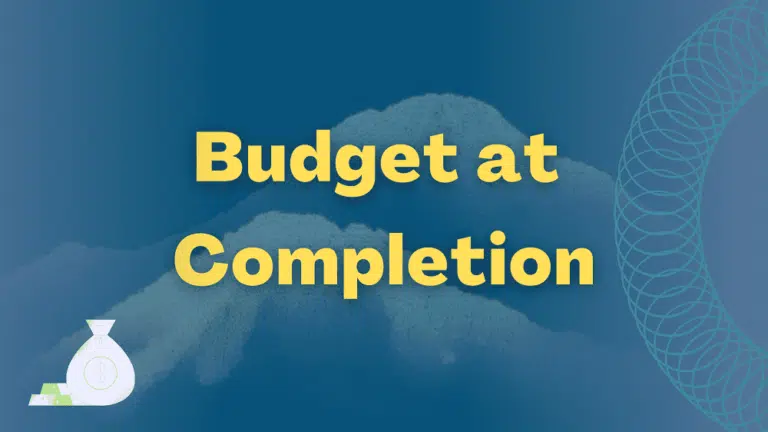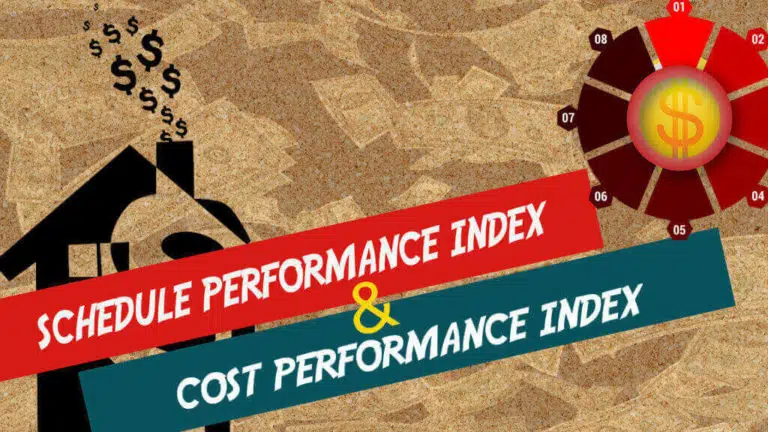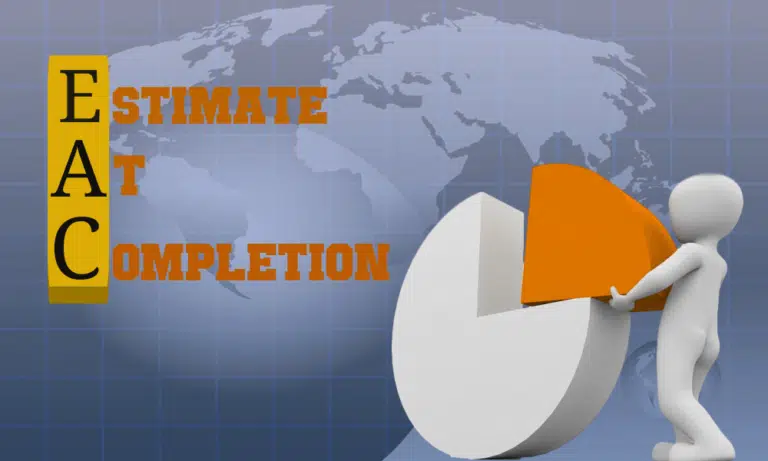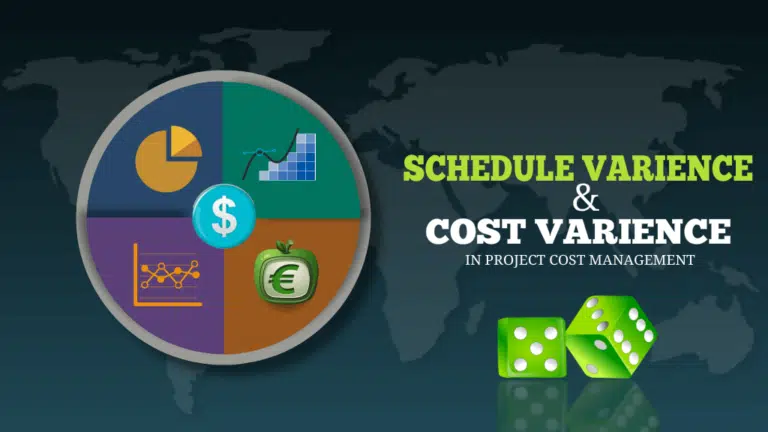You will often want to know how much more money you need to complete a remaining task.
In your personal matters, you can go with a guess, but in your professional life you must adopt a professional approach and use proven techniques to reach a decision.
In project management one such technique is the Estimate to Complete (ETC), which is another forecasting technique used along with the estimate at completion.
This technique gives you an approximate idea of how much money will be required to complete the remaining balance of work.
Since this is a very important forecasting technique, I will explain this topic with three simple examples in three different scenarios, so you can understand it properly and then we will move on to mathematical examples.
This topic is very important for the PMP exam. You may see a few questions from this topic on your exam.
Okay, let’s get started.









